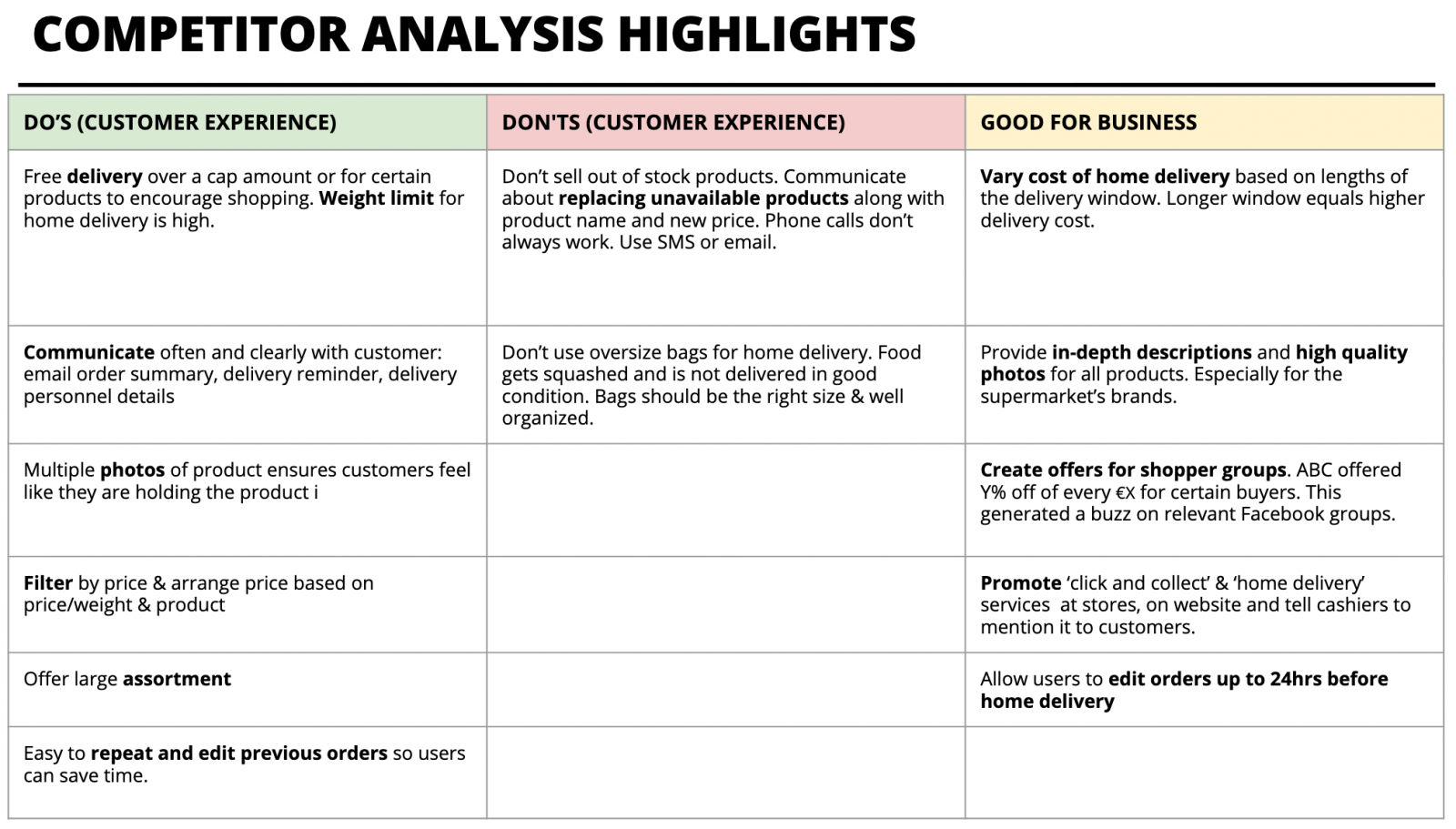Digital innovation
Leader or laggard: How ready is your retail business?

 Fig 1: Competitive Analysis Matrix. Each row represents one competitor. We analyzed a total of 11 competitors.
Fig 1: Competitive Analysis Matrix. Each row represents one competitor. We analyzed a total of 11 competitors. Highlights of the competitor analysis have been framed as customer experience do’s and don'ts.
Highlights of the competitor analysis have been framed as customer experience do’s and don'ts.


Disclaimer: The statements and opinions expressed in this article are those of the author(s) and do not necessarily reflect the positions of Thoughtworks.
